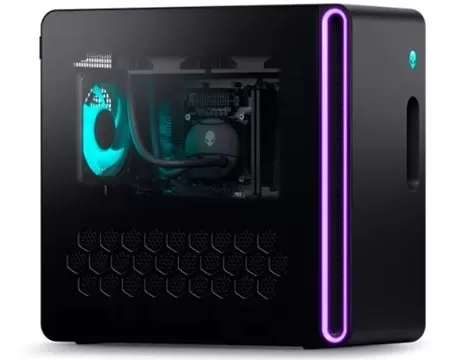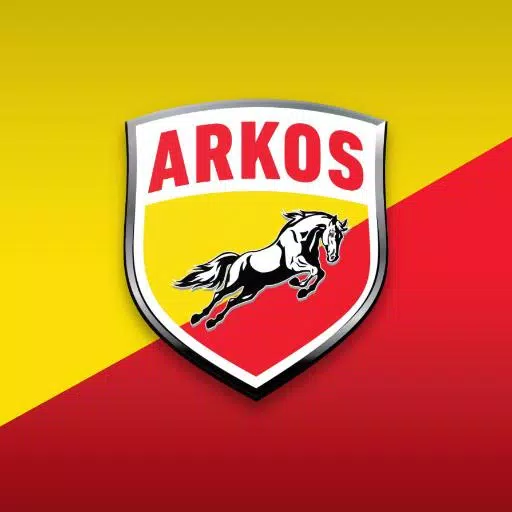
Civilization VII's Deluxe Edition launched just yesterday, and online discussions are already buzzing about its user interface (UI) and other shortcomings. But is the UI truly as bad as many claim? Let's delve into the game's UI elements and assess whether the internet's criticisms are justified.
← Return to Sid Meier's Civilization VII main article
Is Civ 7's UI as Bad as They Say?

With the Deluxe and Founder's Editions now available, Civilization VII is facing immediate criticism, particularly concerning its UI (and a lack of expected quality-of-life features). While it's easy to join the online chorus of disapproval, let's objectively evaluate whether the UI truly deserves the harsh judgment. The best approach? A piece-by-piece analysis, comparing it to the standards of a good, or at least functional, 4X game interface.
What Makes a Good 4X UI?

While arguments exist for objectively "good" 4X UI design, the reality is more complex. A game's context, style, and goals influence UI effectiveness, making universal rules difficult to apply. UI design often requires individual assessment. However, visual design principles reveal common elements found in successful 4X UIs across various games.
Let's evaluate Civ VII's UI against these generally accepted elements of good 4X UI design.
Clear Information Hierarchy

Clear information hierarchy prioritizes accessibility and importance within the UI. Frequently used resources and mechanics should be prominent, while less crucial features remain easily accessible. A good UI doesn't display everything simultaneously; it organizes information logically for both player and game.
Against the Storm offers a strong example. Right-clicking a building reveals a multi-tabbed pop-up menu. The default tab focuses on common actions (worker assignment, production parameters), while less frequent functions are in subsequent tabs, prioritizing ease of access.
Let's examine Civilization VII's resource summary UI. It works, but not optimally.

The summary displays empire-wide resource allocation, neatly separating income, yields, and expenses via dropdowns. The table format is efficient, and the menu collapses easily. However, it lacks specificity. While you see rural district contributions, the exact district or hex isn't identified. Expense breakdowns are also limited.
Civ VII's resource UI isn't ineffective, but increased granularity would significantly improve it.
Effective and Efficient Visual Indicators

Effective visual indicators use icons and graphics to convey information quickly, minimizing reliance on text. Symbols, colors, and overlays communicate data efficiently.
Stellaris, despite its cluttered UI, showcases strong visual indicators in its Outliner. At a glance, players understand ship status (transit, scanning, etc.). Icons next to colony names indicate needs, reducing unnecessary clicks.

Civ VII uses iconography and numerical data for resources, but also features effective visual indicators. The tile yield overlay, settlement overlay (color-coded hex viability), and settlement expansion screen (rural/urban distinction) are examples.
The main complaint is the absence of certain Civ VI lenses (appeal, tourism, loyalty). Missing customizable map pins are also criticized. While not terrible, Civ VII's visual indicators could be enhanced.
Searching, Filtering, and Sorting Options

In complex 4X games, search, filtering, and sorting become crucial for managing information. Search bars, filters, and sort buttons streamline navigation.
Civ VI's search function is exemplary. Players can search for resources, tiles, units, etc., with the game highlighting locations. Its Civilopedia links entries to in-game elements.

Civ VII lacks this crucial search function, a significant usability drawback. This absence significantly impacts usability, especially given the game's scale. Hopefully, Firaxis will add this in a future update, ideally with improved Civilopedia functionality.
Design and Visual Consistency

UI aesthetics and cohesiveness are vital. An unappealing UI can detract from even the best gameplay.
Civ VI's dynamic, cartographical style is visually appealing and complements the game's overall aesthetic.

Civ VII adopts a minimalist, sleek design. The restrained color palette aligns with the game's aesthetic. While not cheap-looking, its subtler thematic direction leads to mixed reactions. Visual design is subjective, but the lack of immediate clarity is a contributing factor to negative feedback.
The Verdict: Not the Worst, But Room for Improvement

Civ VII's UI, while not the best, doesn't deserve the extreme criticism it's received. Missing key features (especially the search function) are notable shortcomings, but not game-breaking. Compared to other issues, the UI's flaws seem minor. While it lags behind visually striking and efficient 4X UIs, it possesses strengths.
While not a UI expert, the UI, with its current shortcomings, is acceptable. The game's strengths compensate for its imperfections, and future updates incorporating player feedback could significantly improve it. The current criticism seems overly harsh.
← Return to Sid Meier's Civilization VII main article
Sid Meier's Civilization VII Similar Games

















